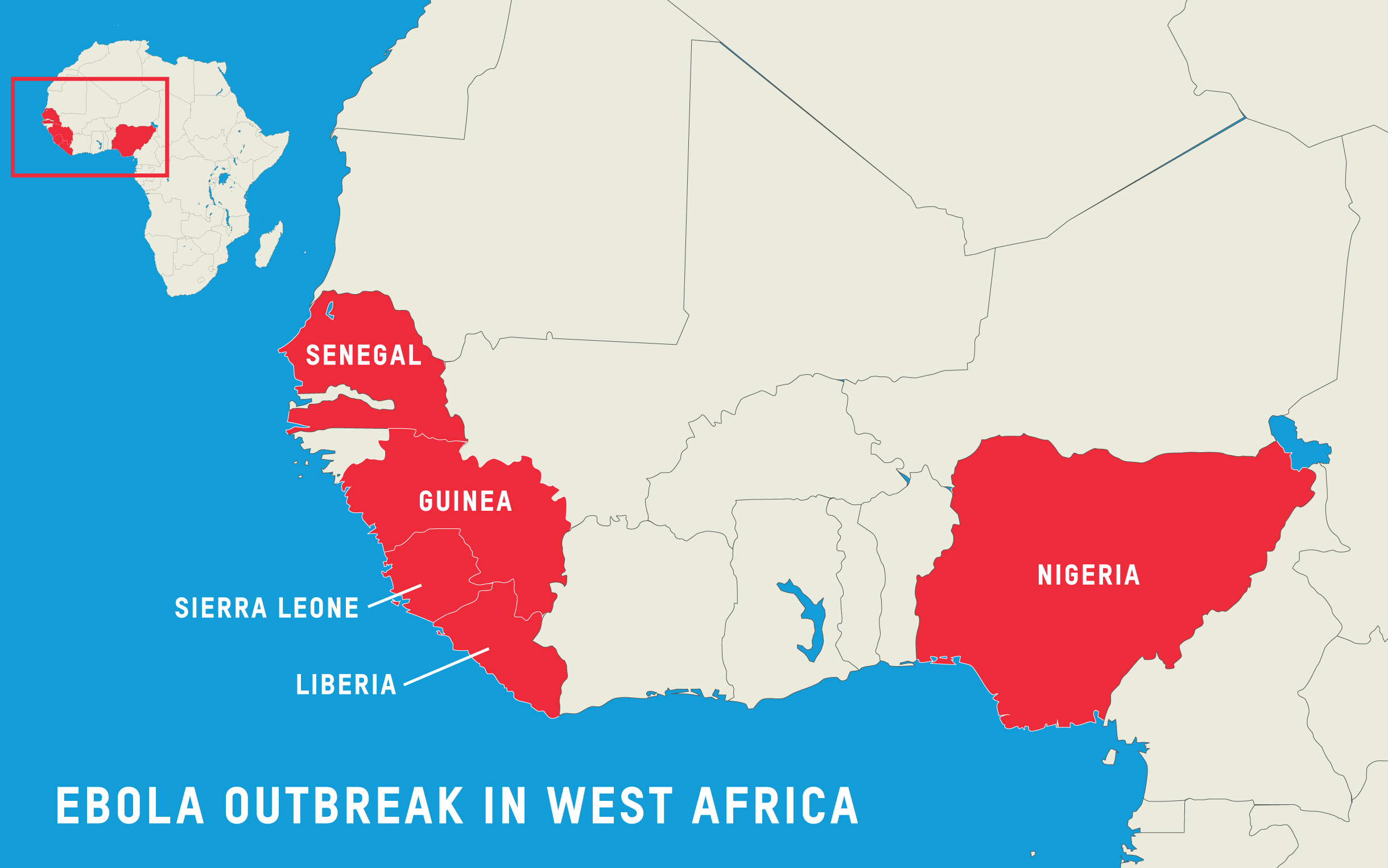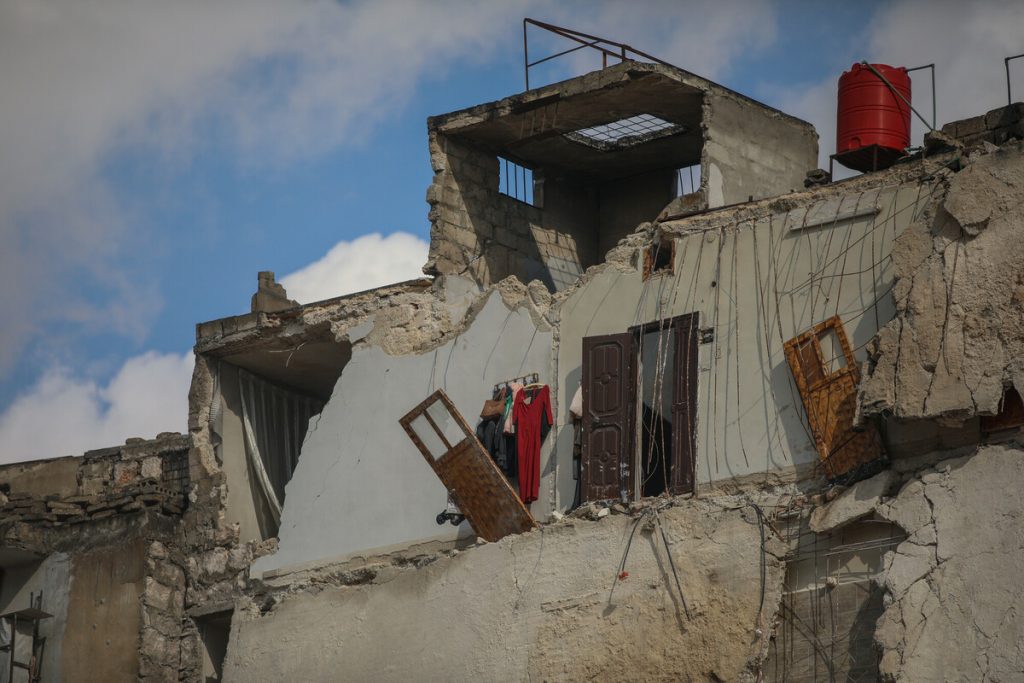7 big questions about Ebola, answered
Blog originaly published by Oxfam America
As the Ebola outbreak in West Africa continues to claim lives and now ranks as the largest in history, here are answers to some of the questions you might have about the deadly virus and its spread.
How bad is this Ebola outbreak?
The disease is raging through the West African countries of Liberia, Guinea, and Sierra Leone where, as of Oct. 3, there have been 7,740 cases and 3,341 deaths. Nigeria has had 20 cases with eight deaths. And in Senegal, just one person has contracted the disease and there have been no deaths.
But these numbers greatly understate the impact of the crisis as health services collapse in Sierra Leone and Liberia, and other routine diseases, like diarrhea, malaria, and cholera go untreated. Vast inequality exists in the medical infrastructure of both countries: Liberia has just one doctor for every 100,000 people and Sierra Leone has just two doctors for every 100,000 people. By contrast, the UK has 279 doctors for every 100,000 of its citizens. Along with the deep shortages of medical staffers, many health centers in Sierra Leone and Liberia have been converted to the sole care of Ebola patients.
Infection rates continue to grow with the number of cases doubling about every 20 days. Currently, the main concern is the lack of containment of the virus in Liberia and Sierra Leone where many infected people are sent home. Ebola spreads through human contact, and the risk of contagion is particularly high in densely populated settings such as in the slums of Liberia’s capital, Monrovia.
Where does this disease come from and how is it transmitted?
The world has known about the disease since 1976 when it was discovered in the Democratic Republic of Congo near the Ebola River. Scientists believe that bats are the most likely carriers of the Ebola virus. And while sporadic outbreaks and cases have occurred in places such as Uganda, DRC, South Sudan, and Gabon, the current crisis—hitting several countries at once—is the world’s first Ebola epidemic.
Graphic: the CDC
People can catch Ebola through close contact with the blood, organs, or other bodily fluids of infected animals such as chimpanzees, gorillas, fruit bats, monkeys, forest antelope, and porcupines. The disease can then spread from person to person through direct contact—via broken skin or through the eyes, nose, and mouth—with the blood or body fluids of someone who is sick with the disease. Burial ceremonies in which mourners have direct contact with the bodies of dead people have played a role in the spread of Ebola.
People remain infectious as long as their blood and body fluids, including semen and breast milk, contain the virus. Men who have recovered from the disease can still transmit the virus through their semen for up to seven weeks after recovery from illness. The incubation period is two to 21 days. People are not infectious until they develop symptoms which include the sudden onset of fever, fatigue, muscle pain, headache, and sore throat. This is followed by vomiting, diarrhea, rash, symptoms of impaired kidney and liver function, and in some cases, bleeding.
Is Ebola treatable?
The disease is often fatal in people. The average case fatality rate is around 50 percent. In past outbreaks, fatality rates have varied from 25 percent to 90 percent.
Though tests on experimental treatments are under way, the US Food and Drug Administration has not approved any vaccines or medicines. Survival rates can be improved if basic interventions are made available early. They include providing intravenous fluids and balancing electrolytes, and maintaining blood pressure and oxygen. The Centers for Disease Control (CDC) says that people who do survive Ebola develop antibodies that last for 10 years or longer.
How are communities responding as the outbreak spreads?
There is little accurate information circulating about the disease and that is feeding misperceptions. People are scared, and some believe that medics are bringing Ebola to communities and causing people to die. Fueling the spread of the virus is the huge mistrust communities have in the messages promoted by their governments. The result is denial of the disease and fear of taking the sick for treatment or reporting suspected Ebola deaths.
People who have survived the disease or are close to those who have died are stigmatized, and they are finding it very difficult to regain their positions in society.
What are the long-term consequences for the region?

The impact of the outbreak on Sierra Leone, Guinea, and Liberia is enormous. Borders have been closed and the planting season has been disrupted, leading to huge economic consequences. There is less local food in markets and its prices are rising. Boats that have traveled to areas infected by the outbreak are not welcome in some disease-free ports on their return voyages. And many Liberians fear they will lose their jobs due to the downsizing of large mining businesses.
What is Oxfam doing?
Oxfam’s response to the Ebola epidemic is focused on prevention – on making sure that communities and health workers on the front lines have the knowledge, supplies, and equipment they need to stay safe and prevent the spread of the disease. Our aim is to reach 2.5 million people with aid.
As of early October, we have reached more than half a million people in Sierra Leone and Liberia with a program that has included providing water infrastructure to health centers; training health workers in how to protect themselves and others in this emergency; supplying health workers with protective gear like masks, overalls, gloves, and boots; distributing hygiene kits with soap, bleach, and other supplies; and supporting outreach to at-risk communities, through posters, radio messages, and door-to-door campaigns. In nearby Senegal, Gambia, and Guinea Bissau, we are now launching similar prevention programs.
What can you do?
Your support makes our work possible, allowing us to ramp up prevention programs. Help us stop its spread.
The Humanitarian Coalition is Canada’s only joint appeal mechanism. It is comprised of CARE Canada, Oxfam Canada, Oxfam-Québec, Plan Canada and Save the Children Canada. With a combined presence in more than 120 countries, we bring together Canada’s leading aid agencies to finance relief efforts in times of international humanitarian crises. We work together to eliminate unnecessary competition, reduce the duplication of fundraising costs, and inform the public on humanitarian needs.
(this blog was orginally published at //www.oxfamamerica.org/explore/stories/7-big-questions-about-ebola-answered/)

